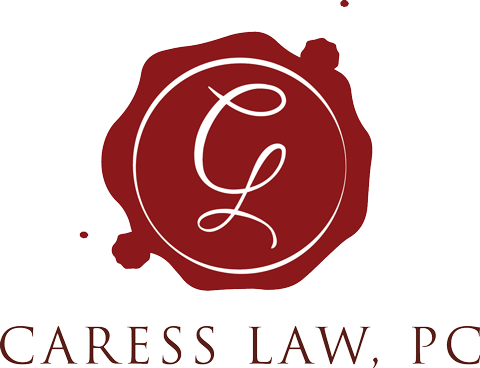If you have a 401k or an IRA retirement plan, it can seem like the rules governing these accounts are always changing. And with the most recent piece of legislation, the SECURE (Setting Every Community Up for Retirement Enhancement) 2.0 Act, another set of rule changes have now taken effect. Signed into law by president Biden on December 29, 2022, SECURE 2.0 was passed to avoid a partial government shutdown, but it also makes significant changes to retirement account rules. While it can be challenging to keep up with all these changes, meeting with an experienced estate planning lawyer can ensure that you’re prepared to meet these challenges.
Changes to Retirement Plans
Here are a few of the major changes from the SECURE 2.0 Act:
- The Age for Required Minimum Distributions. Previously, holders of 401(k) and IRA accounts were required to start receiving required minimum distributions at age 72. Now the age has been raised to 73 and will change to 75 in 2033. In addition, the excise penalty for not taking RMDs has been lowered from 50 percent to 25 percent (and can be lowered to 10 percent if the issue is addressed in a timely manner.)
- New Rules for Early Withdrawals. There are several changes to the rules governing early withdrawals from retirement accounts. Although withdrawals made before the account holder reaches 59 ½ years old are still subject to a 10 percent penalty, there are now several exceptions. Account holders under 59 ½ can now withdraw $1,000 a year for emergencies which they have three years to repay. In addition, for people impacted by natural disasters, up to $22,000 can be distributed from employer plans or IRAs to help. These withdrawals are treated as gross income and will not be penalized.
- New Contribution Limits. Although the regular contribution limit for retirement accounts will remain the same, starting in 2024, the rules governing the “catch-up” limit for people over 50 will change. Instead of being able to allot an additional $1,000 per year to retirement, the amount allowed will now be indexed to inflation. In addition, starting in 2025, people aged 60-63 will be allowed to contribute even more to their accounts.
- IRA Tax Credit. Starting in 2027, the old IRA nonrefundable tax credit will be replaced by a federal matching contribution to your retirement account.
If you have questions about how these new changes will affect your retirement accounts, speaking with an experienced estate planning lawyer is a great first step.
At Caress Law, we’re here to answer any questions you have about SECURE 2.0 or retirement accounts in general. Give us a call today at (503) 292-8890 or fill out the contact form below.


